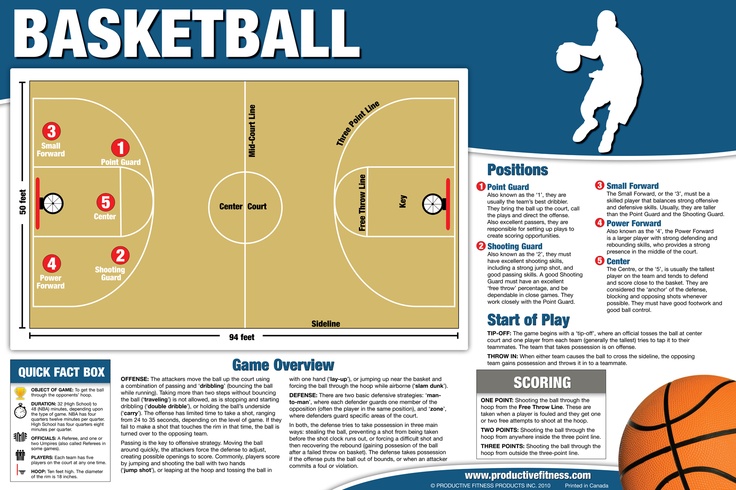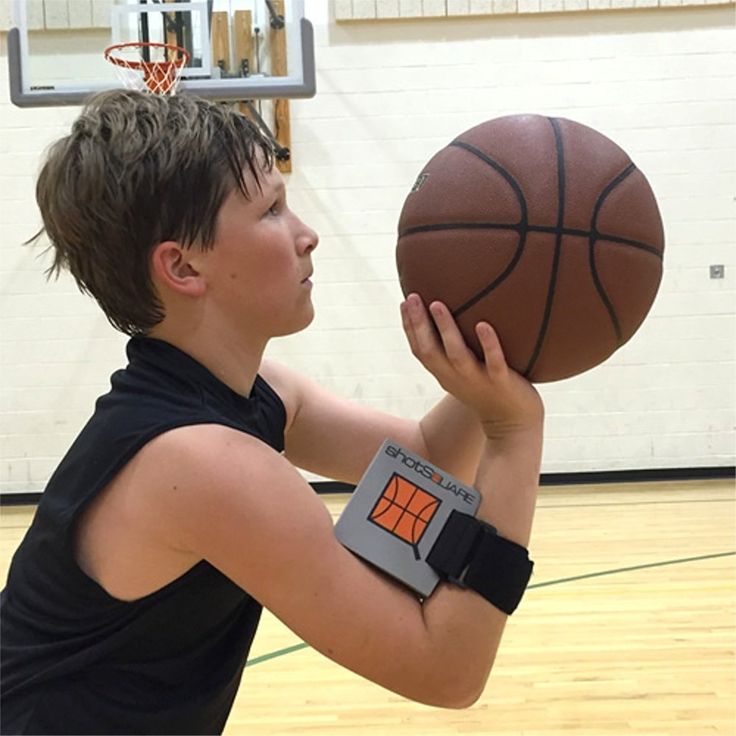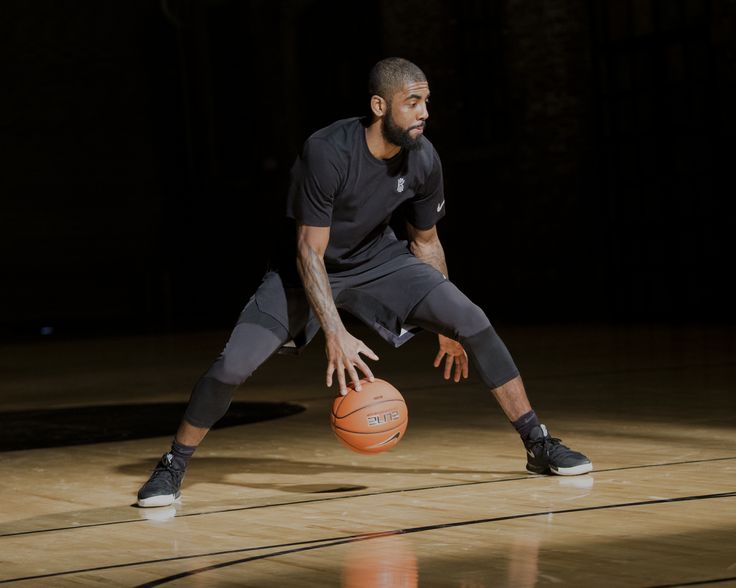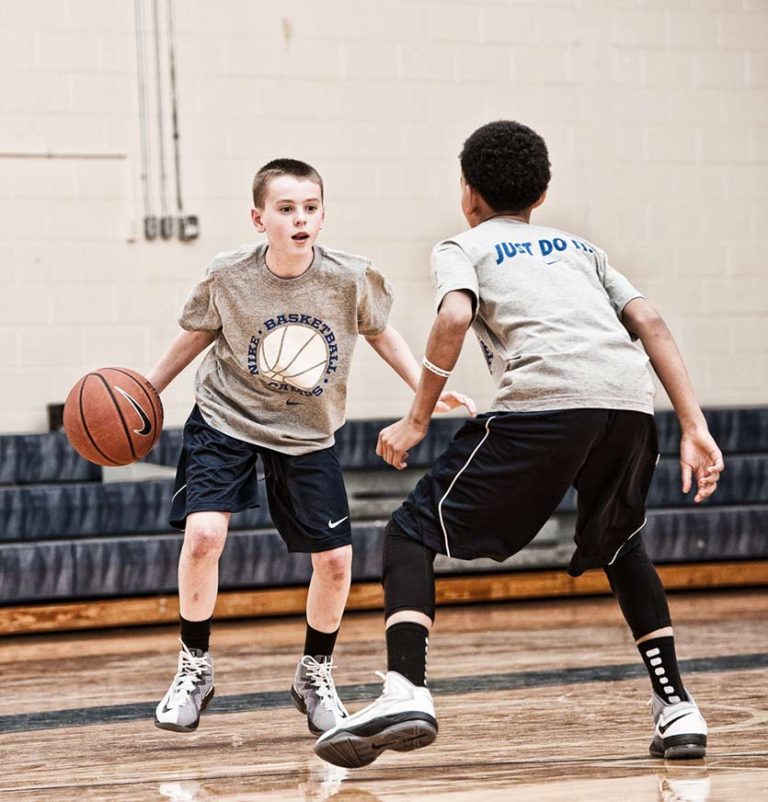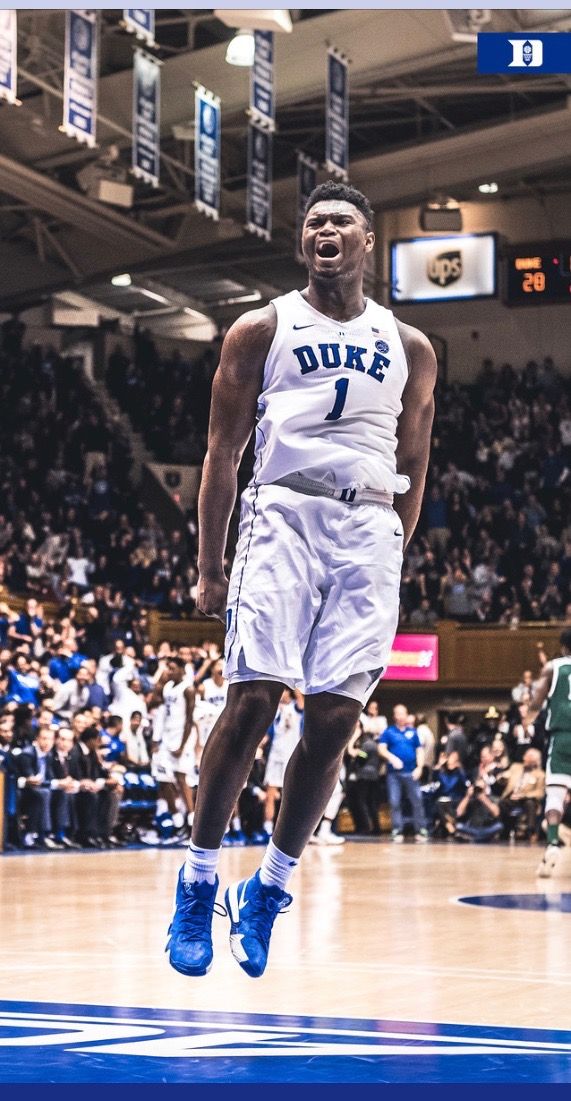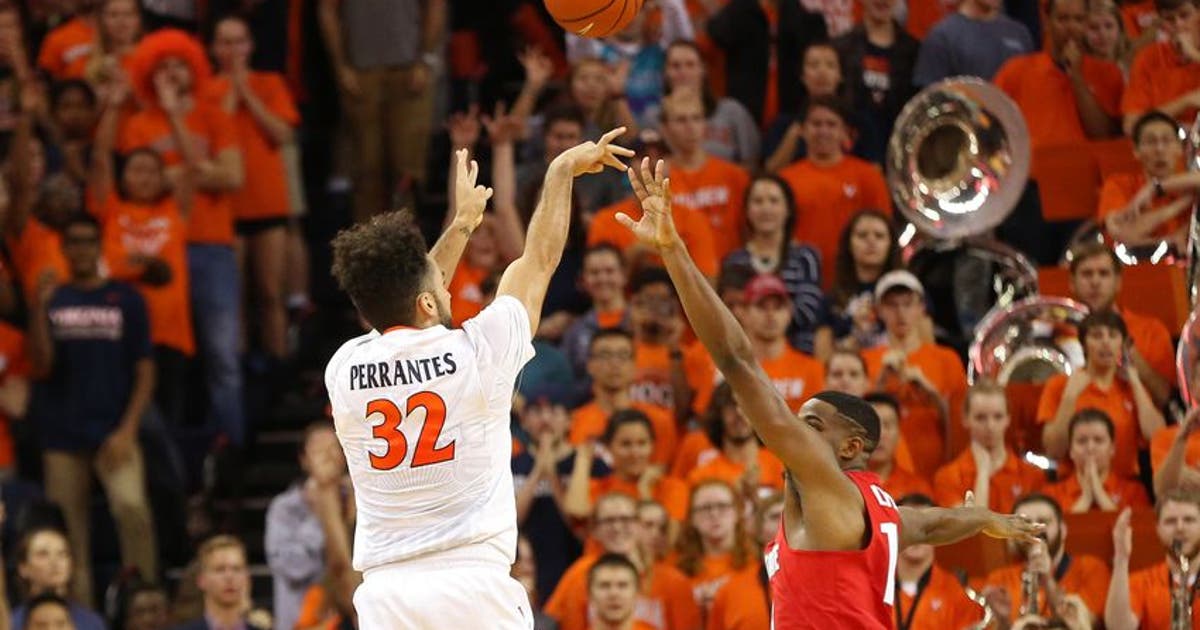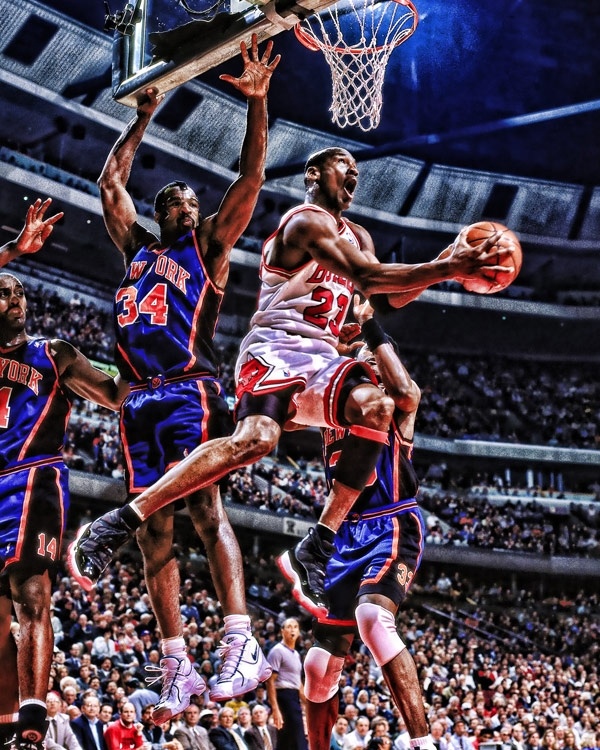Home »
Misc »
How many substitutions are allowed in basketball
How many substitutions are allowed in basketball
Basketball rules simply explained
The Basics
A court, two teams, two baskets and a ball - that's all you need. Here, you will learn more about the requirements of a basketball game.
Players
In basketball, there are a total of ten players on the field at the same time, five per team. In addition, a team can have up to seven substitute players with unlimited substitutions.
The starting line-up, also called Starting Five, usually consists of a center, two forwards and two guards. Variations are also possible.
Ad
Scoring
The object of basketball is to throw the ball into the opposing team's basket, placed 10 feet (3.05m) above the court on opposite ends of the rectangular court. Free throws are worth 1 point, a field goal is worth 2 points. If the shot is taken from behind the three point line it is worth 3 points. The team with the most points at the end of the game wins.
The object of basketball is to throw the ball into the basket.
![]()
Game length
Under FIBA rules, a game is divided into four quarters, each lasting 10 minutes. In the NBA each quarter lasts 12 minutes. If the game is tied at the end of regulation, overtime periods of 5 minutes are played until a winner is determined.
The most important rules of basketball
Goaltending, dribbling, 8 second rule - lost yet? If you need a refresher on the rules of basketball - fret no more! In this article we will tell you everything you need to know about basketball.
By the way: The rules of basketball may differ slightly from league to league, such as FIBA, NBA or NCAA.
In basketball there are many rules, for example concerning player contact.
Fouls
In basketball there are four types of fouls:
• Personal foul: irregular contact (defensive foul, offensive foul)
• Technical foul: technical violations and lack of discipline (e.g. disregard of referee decisions, provocation, too many players on the court)
• Unsportsmanlike foul: An unsporting foul is a noncontact technical foul which consists of unfair, unethical, dishonorable conduct or any behavior not in accordance with the spirit of fair play.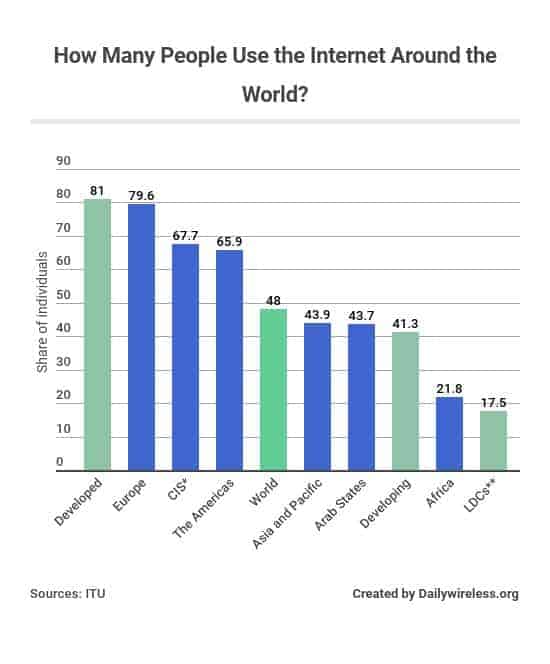
• Disqualifying foul: flagrant unsportsmanlike behaviour
Defensive Foul
A defender may only defend against an attacker in possession of the ball to a limited extent. Holding, blocking, kicking, jerking, tripping or obstruction with outstretched arms, elbows or legs are not permitted.
Offensive Foul
An attacker in possession of the ball commits a foul when there is contact with a defender who is either in a legal defensive position or moving backwards. Typical offensive fouls include pushing the defender away with the forearm or elbow contact.
Look but don't touch: When dealing with opponents, attackers and defenders need to observe several rules.
Penalties
After one disqualifying foul or two unsportsmanlike fouls a player is ejected from the game and they have to immediately leave the arena or remain in the locker room until the game is over. A player is no longer allowed to participate in the game when they have accumulated five personal or technical fouls.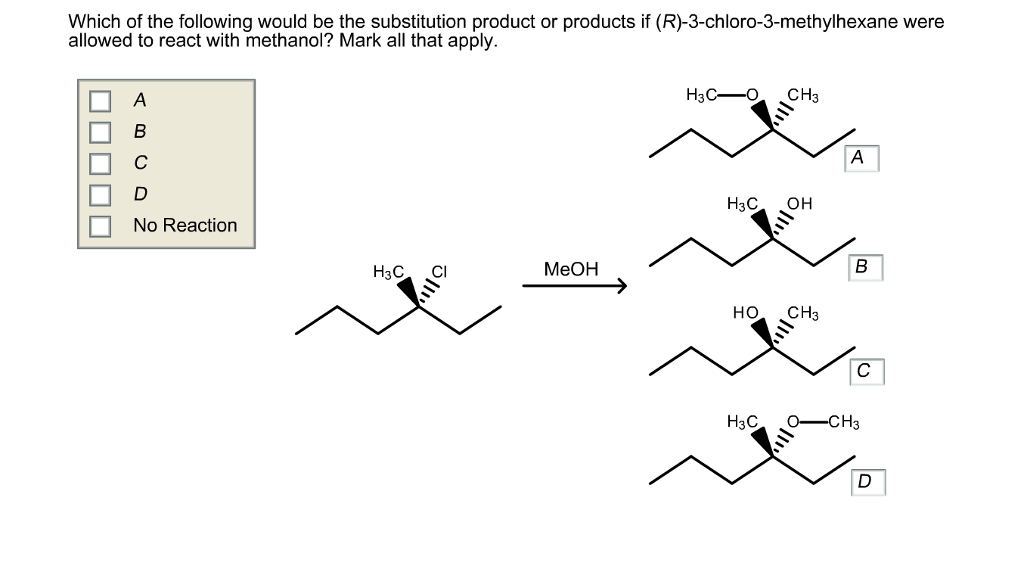
Ad
Time violations
Basketball is characterized by its fast pace. This is mainly due to the time rules, which specify how long certain actions may last.
24 second shot clock
As soon as the ball enters play, the shot clock starts counting down from 24, which is the maximum amount of time an offensive play is allowed to last. The 24 second shot clock is reset once the ball touches the rim of the basket. It is also reset for ball possession changes, fouls or when a player touches the ball with their foot.
8 second rule
When a team gains possession of the ball, they need to move the ball into the opposing team's half of the court within 8 seconds.
3 second rule
During an attack, the defending players may remain in the opponent's zone for a maximum of three seconds. It does not matter whether they are in possession of the ball or not.
Referees, however, are often generous with this rule and rarely penalise infringements, especially at a high level.
5 second rule
On an inbound pass, a player may only hold on the ball for a maximum of 5 seconds.
In the game, if a player is closely guarded, they must start dribbling, passing the ball or attempting a shot within five seconds.
Upon violation of this rule, an inbound pass is awarded to the oppossing team.
Out-of-bounds
If the ball or the player with the ball touches the ground on or behind the sideline, the ball is out of bounds.
Travelling
As soon as the player in possession of the ball stops dribbling, they can only take two more steps. They then need to either pass the ball or make a shot attempt. The player may lift their pivot leg for a shot attempt but they may no longer touch the ground with that leg unless the ball has left their hands.
Outside of time violations, players also need to be wary of many other rule violations.
Foot contact
Touching the playing ball with the foot, knee or leg is considered foot contact.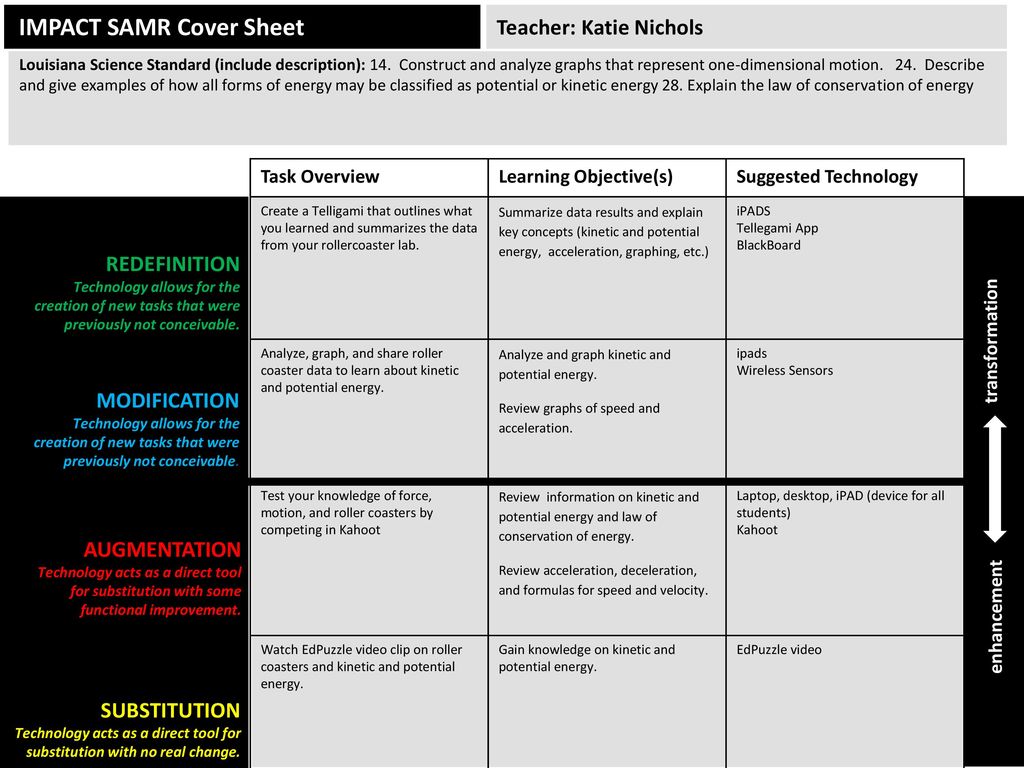 A distinction is made between defenders and attackers: br/>
A distinction is made between defenders and attackers: br/>
• When a defender commits foot contact, the shot clock is reset to 14 seconds if more than ten seconds have passed
• When an attacker commits foot contact, the ball is turned over to the oppossing team and the shot clock is reset to 24 seconds.
Backcourt violation
When on offense, no player of the team currently in possession of the ball may pass the ball from the oppossing teams half, the frontcourt, to their own half, the backcourt.
Double dribble
If an attacker picks up the ball after dribbling, he must not start dribbling again. Otherwise, the opponent is awarded an inbound pass from the side line.
Goaltending
If a defensive player interferes with a shot while it's on the way down toward the basket, while it's on the way up toward the basket after having touched the backboard, or while it's in the cylinder above the rim, it's goaltending and the shot counts. If committed by an offensive player, it's a violation and the ball is awarded to the opposing team for a throw-in.
If committed by an offensive player, it's a violation and the ball is awarded to the opposing team for a throw-in.
Ready to drain some shots?
Now that you are familiar with the basic rules of basketball you are ready to (pick &) roll - regardless of whether you want to dribble across the court yourself or just watch from the bleachers.
If you want to look good as a player or as a fan, our basketball products are just what the doctor ordered.
Want to read more about basketball? In this article we present basketball dribbling exercises. Or read about dunking in basketball.
Have fun playing or cheering on your favorite players!
Ad
Photo credits: Pictures 1-3; 5: © iStock / Dmytro Aksonov; Picture 4: © iStock /Geber86; Picture 6: © iStock /skynesher.
RULE NO 3: Players, Substitutes and Coaches
Rulebook Home > RULE NO 3: Players, Substitutes and Coaches
Search for:
Section I—Team
- Each team shall consist of five players.
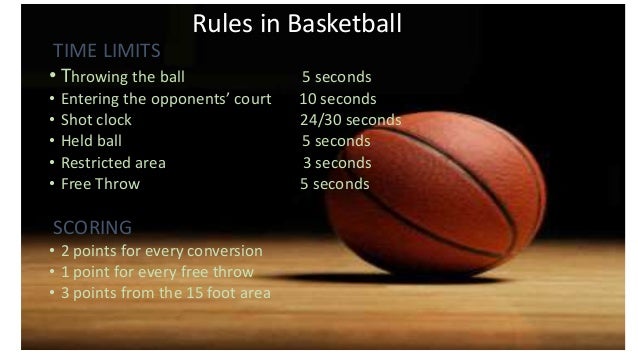 A player is disqualified from the game when he receives his sixth personal foul. No team may be reduced to less than five players. If a player in the game receives his sixth personal foul and all substitutes have already been dis-qualified, said player shall remain in the game and shall be charged with a personal and team foul. A technical foul also shall be assessed against his team. All subsequent personal fouls, including offensive fouls, shall be treated similarly. All players who have six or more personal fouls and remain in the game shall be treated similarly.
A player is disqualified from the game when he receives his sixth personal foul. No team may be reduced to less than five players. If a player in the game receives his sixth personal foul and all substitutes have already been dis-qualified, said player shall remain in the game and shall be charged with a personal and team foul. A technical foul also shall be assessed against his team. All subsequent personal fouls, including offensive fouls, shall be treated similarly. All players who have six or more personal fouls and remain in the game shall be treated similarly. - In the event that there are only five eligible players remaining and one of these players is injured and must leave the game or is ejected, he must be replaced by the last player who was disqualified by reason of receiving six personal fouls. Each subsequent requirement to replace an injured or ejected player will be treated in this inverse order. Any such re- entry into a game by a disqualified player shall be penalized by a technical foul.
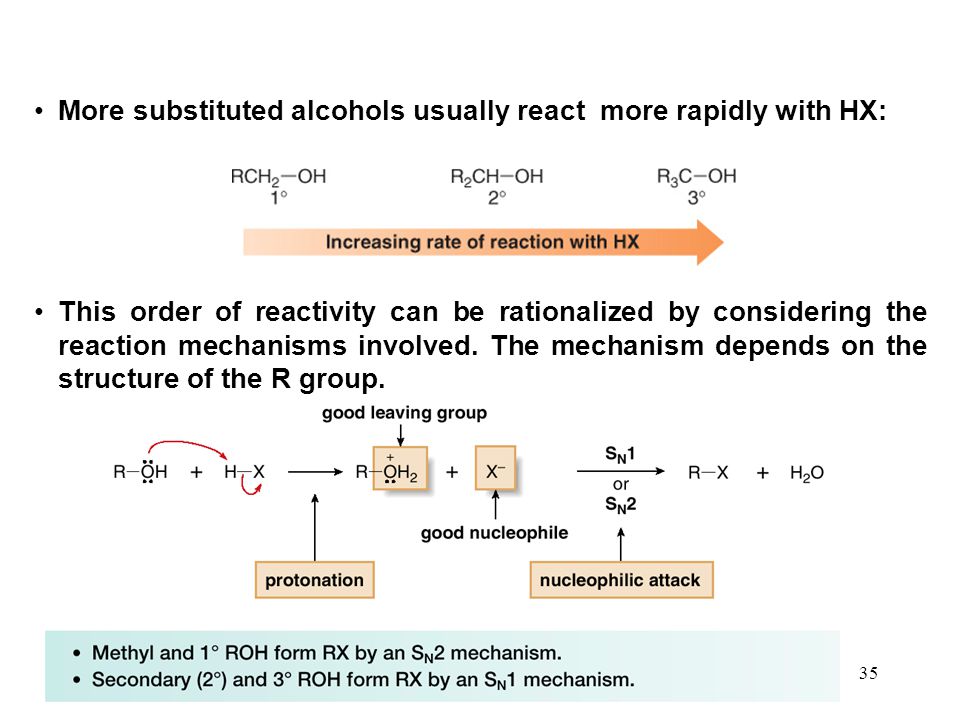
- In the event that a player leaves the playing court while the ball is in play, play will continue until the next stoppage of play and the player will be replaced if he is not ready to return. No technical foul will be assessed, but the incident will be reviewed by the league office for a possible fine and/or suspension.
- EXCEPTION: Rule 10—Section XV
Section II—Starting Line-Ups
At least 30 minutes before the game is scheduled to begin, the scorers shall be supplied with the name and number of each player who will start the game. Failure to comply with this provision shall be reported to the League Office.
Section III—The Captain
- A team may have a captain and a co-captain numbering a maximum of two. The designated captain may be anyone on the active list who is in uniform, except a player-coach.
- The designated captain is the only player who may ask an official about a rule interpretation during a timeout charged to his team.
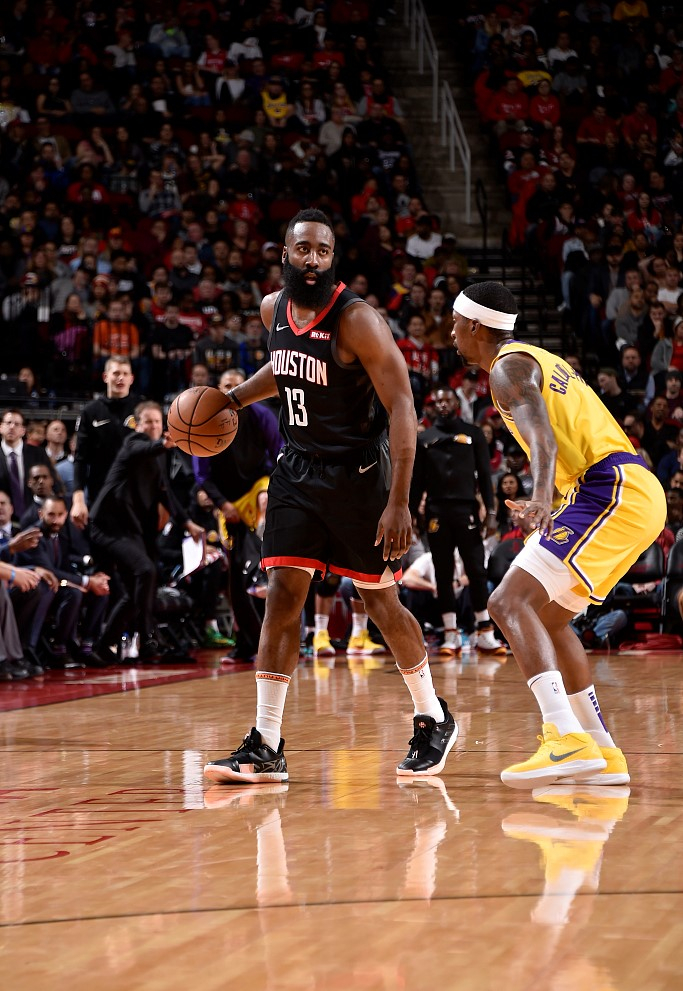 He may not discuss a judgment decision.
He may not discuss a judgment decision. - If the designated captain continues to sit on the bench, he remains the captain for the entire game.
- In the event that the captain is absent from the court and bench, his coach shall immediately designate a new captain.
Section IV—The Coach and Others
- The coach’s position may be on or off the bench from the substitution box line (closest to the coach’s bench) to the baseline. A coach is not permitted to cross the midcourt line and violators will be assessed an unsportsmanlike technical foul immediately. All assistants and trainers must remain on the bench. Coaches and trainers are not permitted to go to the scorer’s table, for any reason, except during a dead ball.
- A player-coach, if permitted under NBA regulations, will have no special privileges. He is to conduct himself in the same manner as any other player.
- Any club personnel not seated on the bench must conduct themselves in a manner that would reflect favorably on the dignity of the game and the officials.
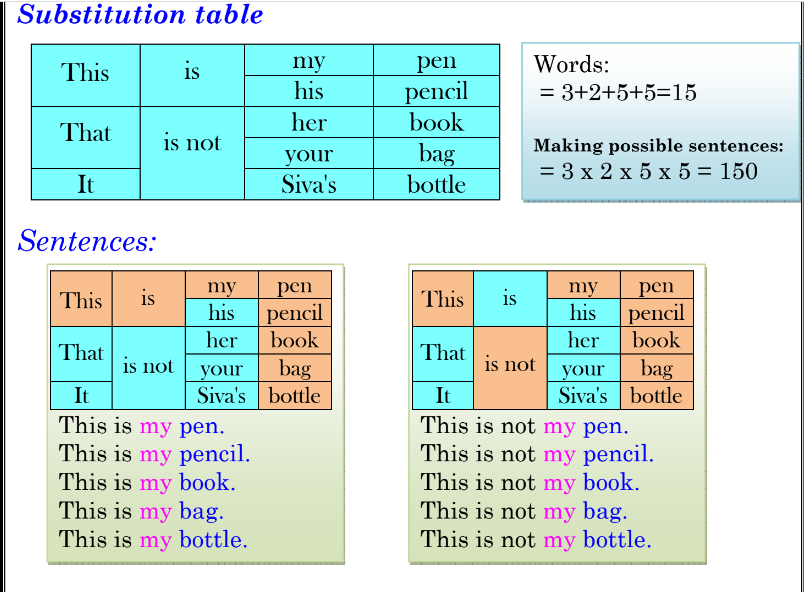 Violations by any of the personnel indicated shall require a written report to the League Office for subsequent action.
Violations by any of the personnel indicated shall require a written report to the League Office for subsequent action. - The bench shall be occupied only by a league-approved head coach, a maximum of three assistant coaches, players and trainer. During an altercation, the head and assistant coaches are permitted on the court as ‘peacemakers.
- If a player, coach or assistant coach is suspended from a game or games, he shall not at any time before, during or after such game or games appear in any part of the arena or stands where his team is playing. A player, coach or assistant coach who is ejected may only remain in the dressing room of his team during the remainder of the game, or leave the building. A violation of this rule shall call for an automatic fine of $2000.
Section V—Substitutes
- A substitute shall report to the scorer and position himself in the vicinity of the 8’ Substitution Box located in front of the scorer’s table. For purposes of this rule, the vicinity of the 8’ Substitution Box means the area from between the 28’ hash mark closest to the bench of the player’s team and the midcourt line.
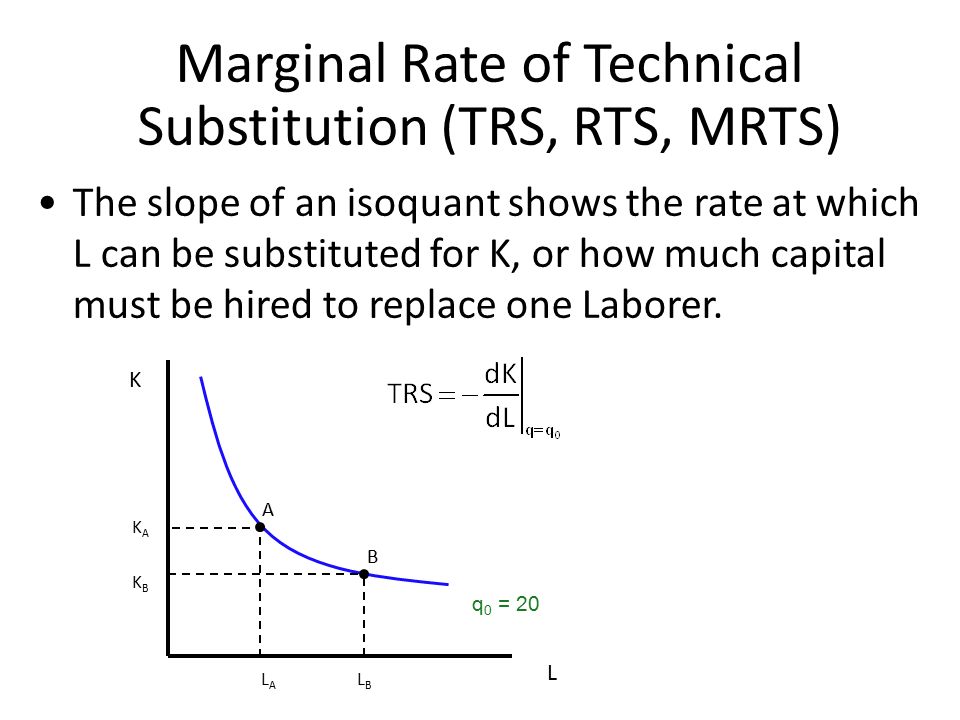 He shall inform the scorer whom he is going to replace. The scorer shall sound the horn to indicate a substitution. The horn does not have to be sounded if the substitution occurs between periods or during timeouts.
He shall inform the scorer whom he is going to replace. The scorer shall sound the horn to indicate a substitution. The horn does not have to be sounded if the substitution occurs between periods or during timeouts. - The substitute shall remain in the vicinity of the 8’ Substitution Box until he is beckoned onto the court by an official. If the ball is about to become live, the beckoning signal shall be withheld.
- A substitute must be ready to enter the game when beckoned. No delays for removal of warm-up clothing will be permitted.
- The substitute shall not replace a free throw shooter or a player involved in a jump ball unless dictated to do so by an injury or ejection. (EXCEPTION: Rule 6 -Section VI – b and Rule 9 -Section II – a – (2)) . At no time may he be allowed to attempt a free throw awarded as a result of a technical foul.
- A substitute shall be considered as being in the game when he is beckoned onto the court or recognized as being in the game by an official.
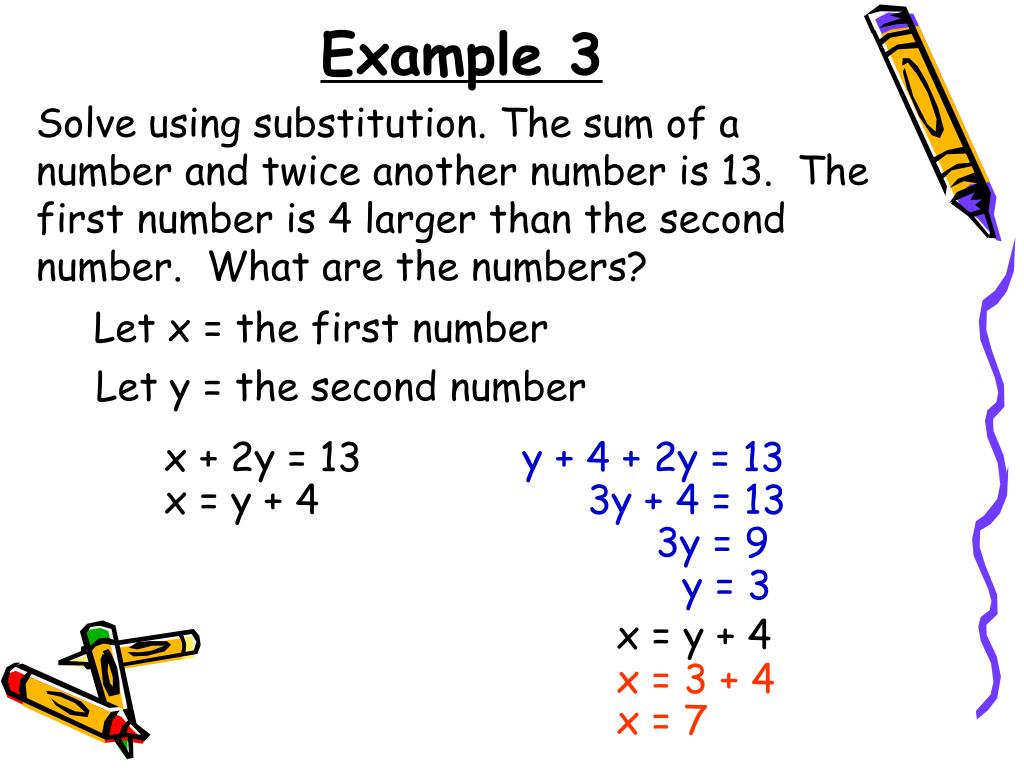 Once a player is in the game, he can- not be removed until the ball is legally touched by a player on the court unless: (1) a personal or technical foul is called, (2) there is a change of possession, (3) a timeout is granted or (4) administration of infection control rule.
Once a player is in the game, he can- not be removed until the ball is legally touched by a player on the court unless: (1) a personal or technical foul is called, (2) there is a change of possession, (3) a timeout is granted or (4) administration of infection control rule. - A substitute may be recalled from the scorer’s table prior to being beckoned onto the court by an official.
- A player may be replaced and allowed to re-enter the game as a substitute during the same dead ball.
- A player must be in the vicinity of the 8’ Substitution box at the time a violation occurs if the throw-in is to be administered in the backcourt. If a substitute fails to meet this requirement, he may not enter the game until the next legal opportunity.
- EXCEPTION: In the last two minutes of each period or overtime, a reasonable amount of time will be allowed for a substitution.
- If a free throw(s) is awarded, substitutes are only permitted to enter the game prior to the final free throw attempt if the ball will remain in play or following the final free throw attempt if it will not remain in play unless necessitated by disqualification, injury, ejection or any other atypical situation.
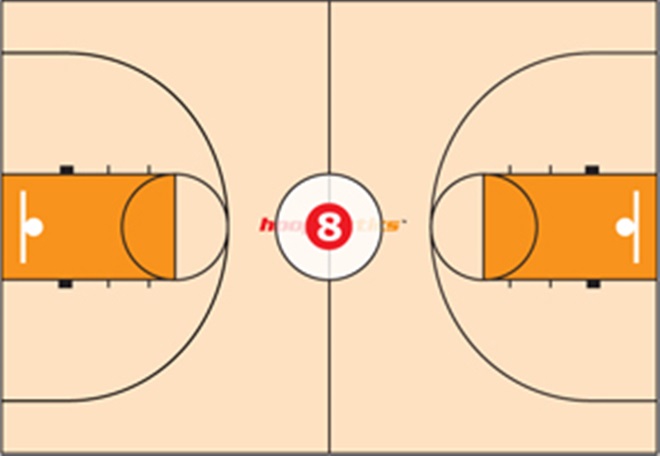
- No substitutes may enter the game after a successful field goal by either team, unless the ball is dead due to a personal foul, technical foul, timeout, infection control or violation.
- No substitutes are allowed to enter the game during an official’s suspension-of-play for (1) a delay-of-game warning, (2) retrieving an errant ball, (3) an inadvertent whistle, (4) instant replay review or (5) any other unusual circumstance.
- EXCEPTIONS:
- Suspension of play for a player bleeding. See Comments on the Rules—N.
- Seriously-injured player. Player must be removed and opponent is permitted one substitution.
- A substitute shall not be allowed to re-enter the game after being disqualified. EXCEPTION: Rule 3—Section I—b.
- Notification of all above infractions and ensuing procedures shall be in accordance with Rule 2—Section VII.
Section VI—Uniforms (Players Jerseys)
- Each player shall be numbered on the front and back of his jersey with a number contrasting with the color of the
- Each number must be no less than ¾” in height on the front and 6” on the Each player shall have his surname affixed to the back of his game jersey in letters at least 2½” in height.
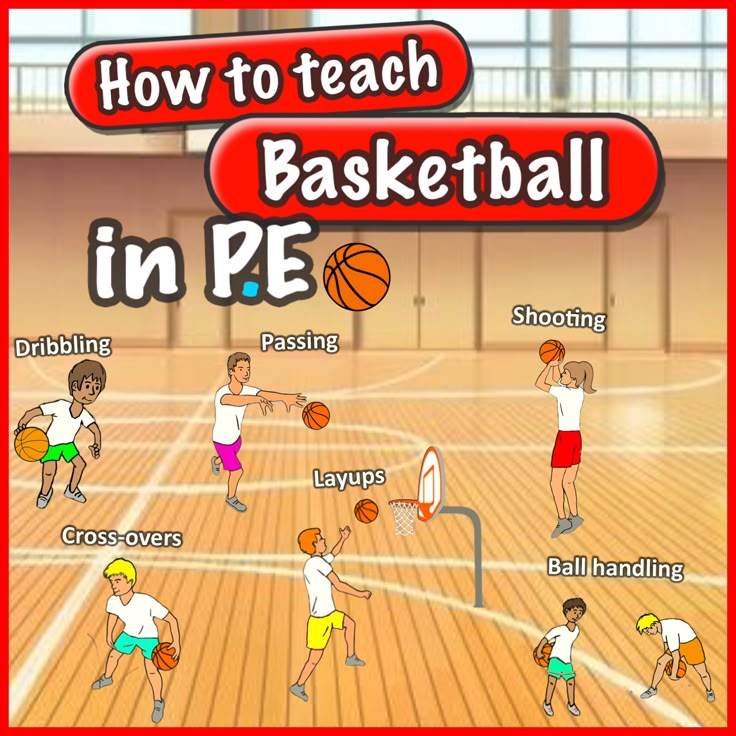 Some exceptions to the front number height and surname may exist from time to time.
Some exceptions to the front number height and surname may exist from time to time. - The home team shall wear light color jerseys, and the visitors dark jerseys unless otherwise For neutral court games and doubleheaders, the second team named in the official schedule shall be regarded as the home team and shall wear the light colored jerseys.
Basketball rules. Substitution
Substitution is the suspension of the game process, at the request of one of the substitute players, in order to exchange players. An unlimited number of substitutions can be made during the game. The substitution process takes place after the stoppage of playing time.
The team has the right to make a substitution immediately after the need arises.
The chance to make a substitution occurs after
- the ball becomes dead and the game clock stops. After the referee has finished showing a special gesture to the scorer's table.
- A goal was thrown into the basket of the team that requested the substitution, either in the last few minutes of the last period or in the last minutes of extra periods.
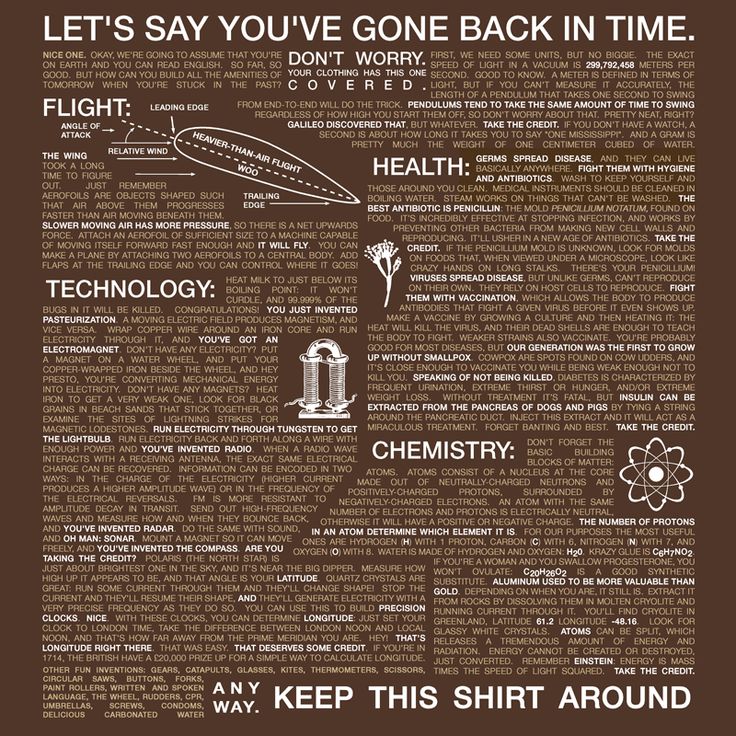
Players' chance to make a substitution ends when:
- when the ball is in the player's hands for the player's first or only free throw.
- when the ball is in the hands of the player who will throw the ball in from outside the playing area.
After a substitution has taken place, and the player becomes a substitute, and a substitute player, they have no right to return to their previous positions. They have such a right after the ball becomes dead again, after starting the countdown.
An exception may be the fact that the team has less than the required number of players. The player who is involved in the correction of the error is already on his team bench after a correct substitution. A team member who was injured and received first aid or stopped bleeding was able to recover during the timeout.
Substitution procedure
A substitute may request a substitution operation. The player must go to the table at which the scorers are sitting and clearly ask for a substitution. To do this, in basketball there is a certain gesture or it is necessary to take a special place allocated for substitute players and indicating a replacement. This player must be prepared for the fact that he can start the game immediately and this can happen at any time.
To do this, in basketball there is a certain gesture or it is necessary to take a special place allocated for substitute players and indicating a replacement. This player must be prepared for the fact that he can start the game immediately and this can happen at any time.
You can cancel a substitution request until the game clock is suspended and a special sound signal sounds.
As soon as there is a chance to change players in the game, the scorer is obliged to notify the referee about this - to give a special signal. At this moment, the secretary is obliged to convey to the referee the news about the desire to replace one of the substitute players.
The substitute who is about to start the game must remain behind the boundary line until the referee himself signals with a special signal that the substitution has been made. The referee personally, with the help of a gesture, will invite a substitute player to the field, which will indicate the replacement. The player who is replaced is entitled to leave the court and takes his place on the bench of his team. It is not necessary to inform either the referee or the secretary about the replacement.
It is not necessary to inform either the referee or the secretary about the replacement.
Substitutions within their time frames are very fast. Sometimes during the game, inattentive fans do not even notice this process. The player who has been disqualified by the referee or committed five fouls must be replaced on the field immediately. If the referee considers that the team is deliberately delaying the replacement process, then it loses one of the timeouts.
If a team has run out of time-outs, a technical foul may be charged to the team coach.
If the substitution process will take place during a time-out or during an official break, the substitute who is to start the game must first warn the referee about the substitution and only then start the game.
The player who will shoot the free throw is entitled to a substitution if:
- the request to make a substitution is made before all chances of substitution are over, before the first or only free throw is taken.
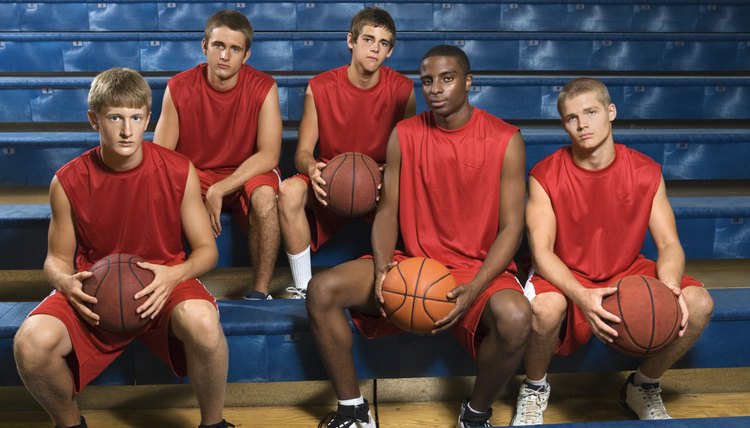
- The ball will become dead after the free throw has been taken. If the player who took the free throw is substituted immediately after the ball is dead. Then the opposing team also gets the right to make a replacement of players on the conditions that the request for a replacement will come before the ball becomes live.
The player who will take the free throw must be substituted if:
- if he is injured,
- if the player commits five fouls,
- if the player is disqualified.
Artox Gel for Injury and Joint Pain
Substitution Restrictions
Substitution may not be made after a free throw or between multiple free throws. If they were caused by a penalty for breaking a rule, until the ball is dead again.
An exception may be:
- a violation of the rules is recorded during free throws. In such a case, the throws must be taken and substitution is permitted until the penalty for a new infraction is administered.
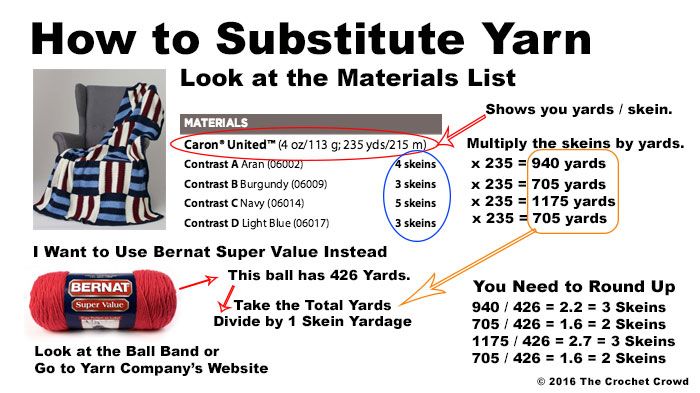
- The foul must be called before the ball becomes live again after the free throw. In such a case, the referee authorizes the substitution to be made before the penalty for a new infraction is administered.
- The violation must be called before the ball becomes live again after the free throw. In this case, the substitution is allowed before the throw-in from outside the field of play.
If multiple free throws are made resulting in more than one foul penalty, then each free throw must be treated separately.
No substitution may be made by the team that scores the ball into the basket in the last two minutes of the end period, or in the last two minutes of each of the extra periods.
An exception may be the stop of the game process by the referee himself. The team in whose basket the ball was thrown gets the chance to make a substitution. By the way, to keep yourself in good shape, you can sign up for a fitness club https://multisport. ru/
ru/
Share on social networks
How many substitutions are allowed during a basketball game - Studiopedia
Share
| the number of substitutions is not limited (score: 1.00) |
| maximum 5 (score: 0.00) |
| maximum 20 (score: 0.00) |
| maximum 10 (score: 0.00) |
The method by which a student holds onto a projectile is called 9 in gymnastics0028
| grip (score: 1.00) |
| girth (score: 0.00) |
| retention (score: 0.00) |
| capture (score: 0.00) |
What is the shortest distance in competitive swimming
| 50m (score: 0.00) |
| 200m (point: 0.00) |
| 100m (point: 0.00) |
| 25m (point: 1.00) |
The captain of the basketball team must be different from other players
 00)
00) 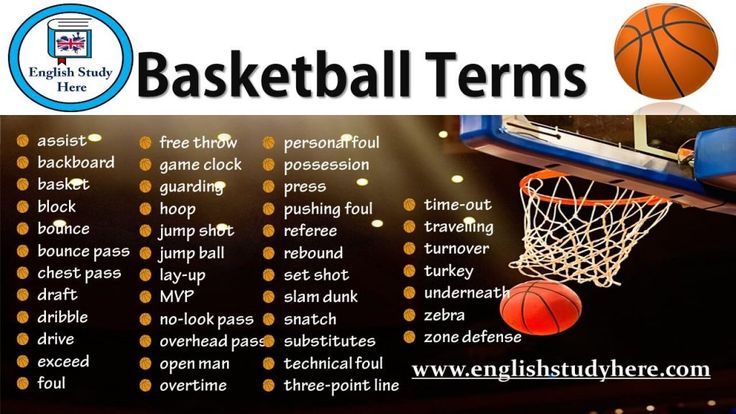 00)
00) 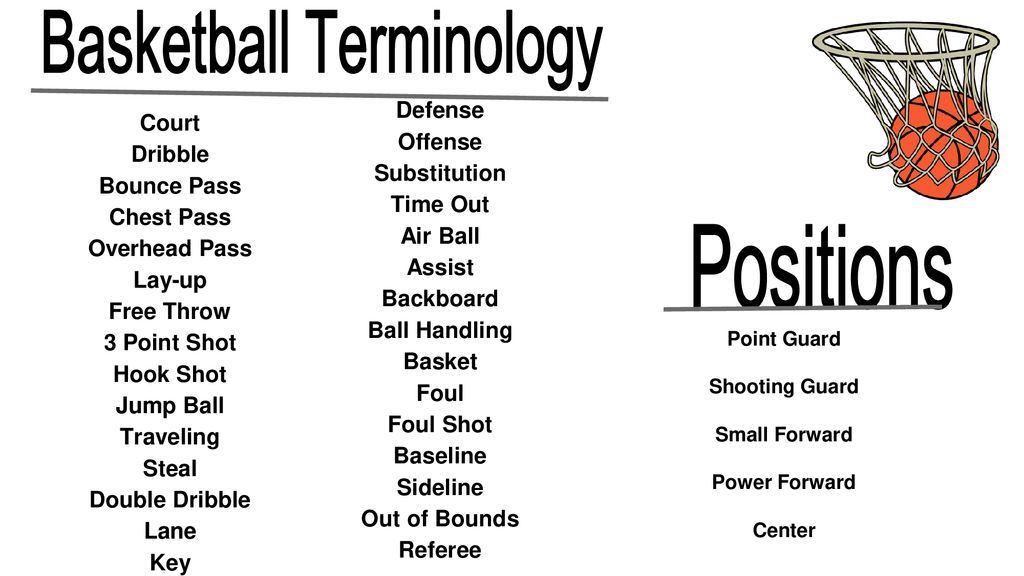 00)
00) 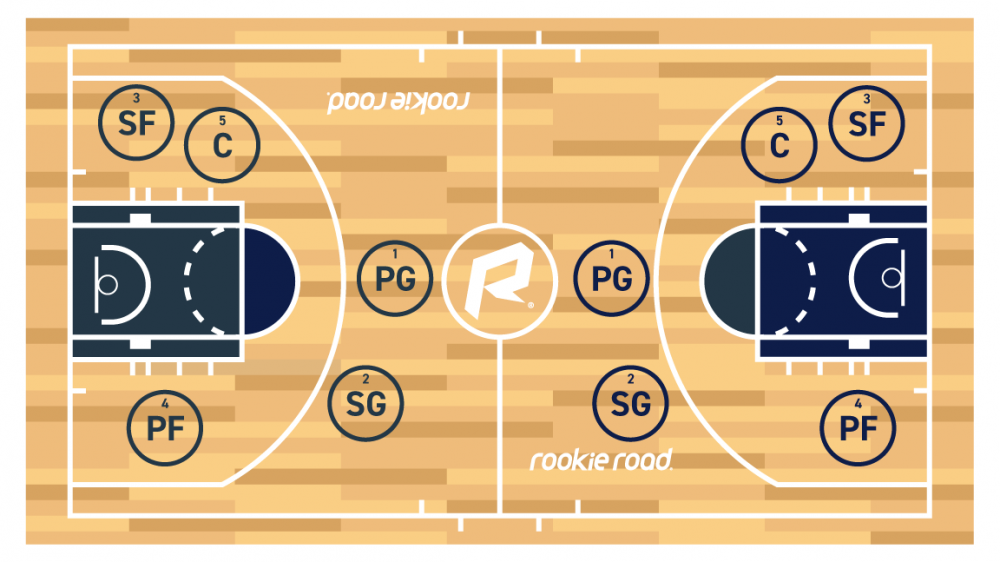 00)
00)  00)
00) 



 A distinction is made between defenders and attackers: br/>
A distinction is made between defenders and attackers: br/> If committed by an offensive player, it's a violation and the ball is awarded to the opposing team for a throw-in.
If committed by an offensive player, it's a violation and the ball is awarded to the opposing team for a throw-in.  A player is disqualified from the game when he receives his sixth personal foul. No team may be reduced to less than five players. If a player in the game receives his sixth personal foul and all substitutes have already been dis-qualified, said player shall remain in the game and shall be charged with a personal and team foul. A technical foul also shall be assessed against his team. All subsequent personal fouls, including offensive fouls, shall be treated similarly. All players who have six or more personal fouls and remain in the game shall be treated similarly.
A player is disqualified from the game when he receives his sixth personal foul. No team may be reduced to less than five players. If a player in the game receives his sixth personal foul and all substitutes have already been dis-qualified, said player shall remain in the game and shall be charged with a personal and team foul. A technical foul also shall be assessed against his team. All subsequent personal fouls, including offensive fouls, shall be treated similarly. All players who have six or more personal fouls and remain in the game shall be treated similarly.
 He may not discuss a judgment decision.
He may not discuss a judgment decision. Violations by any of the personnel indicated shall require a written report to the League Office for subsequent action.
Violations by any of the personnel indicated shall require a written report to the League Office for subsequent action. He shall inform the scorer whom he is going to replace. The scorer shall sound the horn to indicate a substitution. The horn does not have to be sounded if the substitution occurs between periods or during timeouts.
He shall inform the scorer whom he is going to replace. The scorer shall sound the horn to indicate a substitution. The horn does not have to be sounded if the substitution occurs between periods or during timeouts. Once a player is in the game, he can- not be removed until the ball is legally touched by a player on the court unless: (1) a personal or technical foul is called, (2) there is a change of possession, (3) a timeout is granted or (4) administration of infection control rule.
Once a player is in the game, he can- not be removed until the ball is legally touched by a player on the court unless: (1) a personal or technical foul is called, (2) there is a change of possession, (3) a timeout is granted or (4) administration of infection control rule.
 Some exceptions to the front number height and surname may exist from time to time.
Some exceptions to the front number height and surname may exist from time to time.
 To do this, in basketball there is a certain gesture or it is necessary to take a special place allocated for substitute players and indicating a replacement. This player must be prepared for the fact that he can start the game immediately and this can happen at any time.
To do this, in basketball there is a certain gesture or it is necessary to take a special place allocated for substitute players and indicating a replacement. This player must be prepared for the fact that he can start the game immediately and this can happen at any time.  It is not necessary to inform either the referee or the secretary about the replacement.
It is not necessary to inform either the referee or the secretary about the replacement. 

 ru/
ru/ 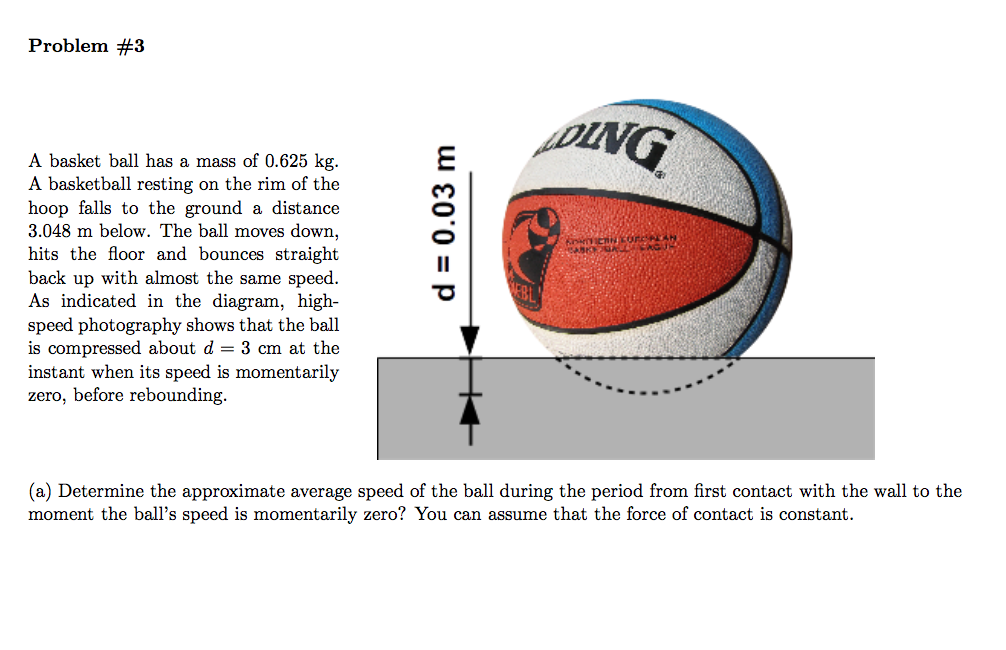 00)
00)  00)
00) 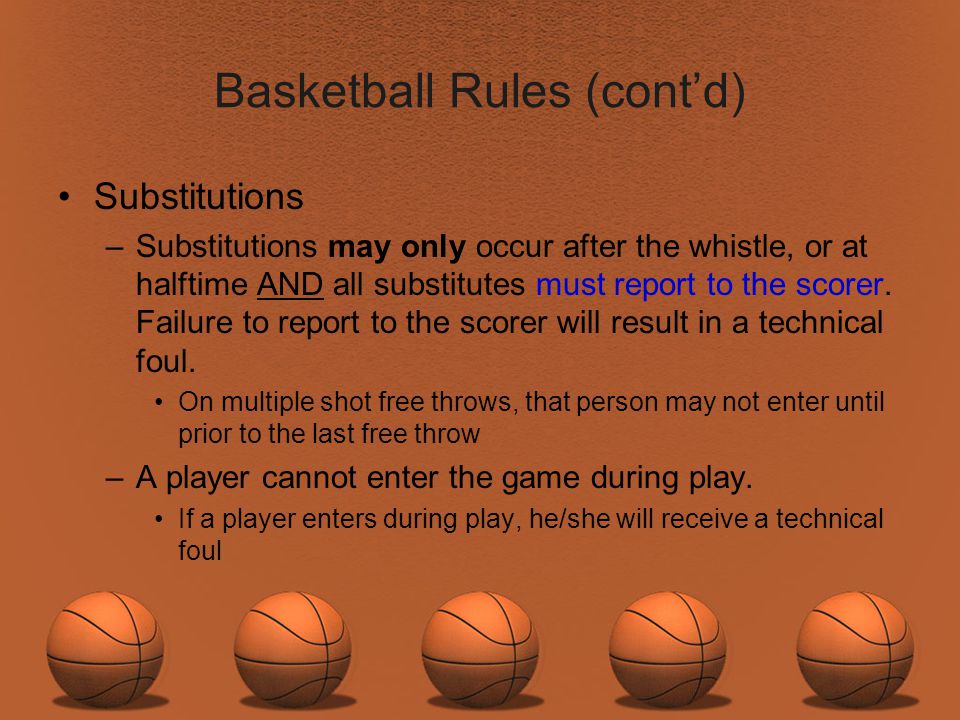 00)
00) 